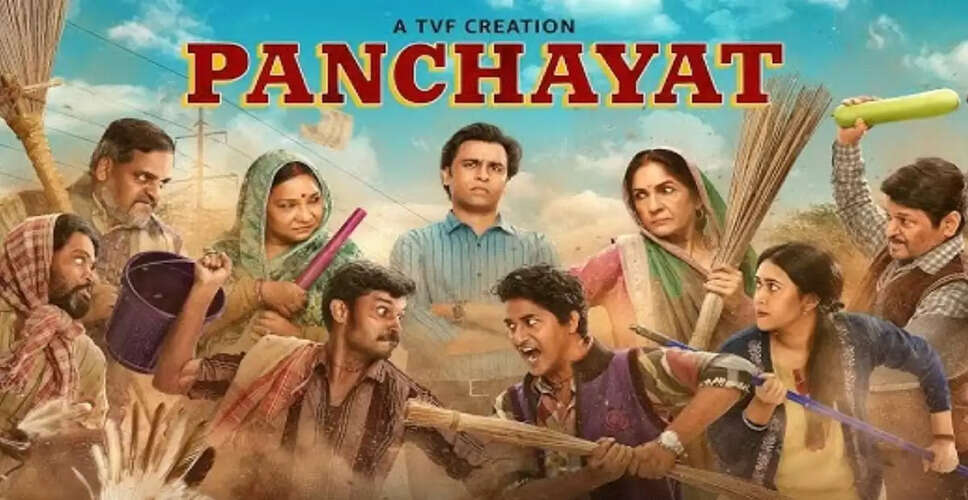Panchayat Season 4: A Deep Dive into Rural Life's Quirks

Exploring the Unique Charm of Panchayat Season 4
Returning to the Panchayat series shortly after its third season presents certain challenges. One significant concern is the potential for characters to become overly familiar to viewers, leading to a sense of monotony. However, Season 4 skillfully navigates this risk through thoughtful and engaging writing.
The characters remain consistently intriguing without losing their essence.
In Amazon Prime Video’s Panchayat, the tranquil atmosphere of a small town continues to evoke a sense of unease, portraying rural India where life unfolds without significant events or transformations.
The characters inhabiting the village of Phulera in Uttar Pradesh appear almost frozen in time, which fuels curiosity and gossip throughout the series. Director Deepak Kumar Mishra and writer Chandan Kumar delve into these seemingly stagnant yet observant lives, creating a whirlwind of triviality.
The series encapsulates the essence of emptiness that defines these characters' lives. The third season features extensive stretches of barren land, with little change in the emotional landscape of Phulera's residents since the last season.
Aside from the village Pradhan’s daughter, Rinku (Sanvikaa), who occasionally mentions leaving, no one else expresses such desires. The Pradhan and her husband, portrayed by Neena Gupta and Raghuvir Yadav, remain steadfast in their complacency. In a season where even less occurs in their tranquil lives, the most thrilling discussion revolves around whether to serve lauki or kat-hal to visiting officials. Rinki’s trip to borrow a kat-hal from a neighbor becomes the highlight of her day, while the camera navigates the Pradhan's half-finished home, a structure built on hope rather than solid materials.
There’s a noticeable self-awareness and intentional awkwardness among the characters. The protagonist, Abhishek Tripathi (Jitendra Kumar), harbors feelings for Rinki, and his clumsiness during their courtship is effectively portrayed. Yet, there’s a lack of excitement in his life that the actor struggles to convey. Is Tripathi merely a dreamer, a failure, or someone lacking ambition?
Panchayat feels authentic, as its director, writer, and cast have firsthand experience with rural life, contributing to its realistic and relatable portrayal.
Each episode can be viewed as a standalone story, offering vibrant snapshots of an otherwise dull existence in Phulera. One can almost sense the oppressive stillness and monotony. While not all of Abhishek’s ‘adventures’ (if they can be called that) are equally compelling, some lack substantial development.
The characters are proud yet directionless, products of a desolate environment. Panchayat excels in its authenticity and insightful writing, presenting heartwarming glimpses of a rural lifestyle that is fading from cinematic representation. As the series progresses, the stark emptiness of these lives becomes increasingly palpable. There seems to be no promise of a brighter future for villages like Phulera. However, the unwavering positivity of the characters prevents the narrative from becoming too heavy with despair. They remain blissfully unaware of the futility of their existence, often taking pride in it.
